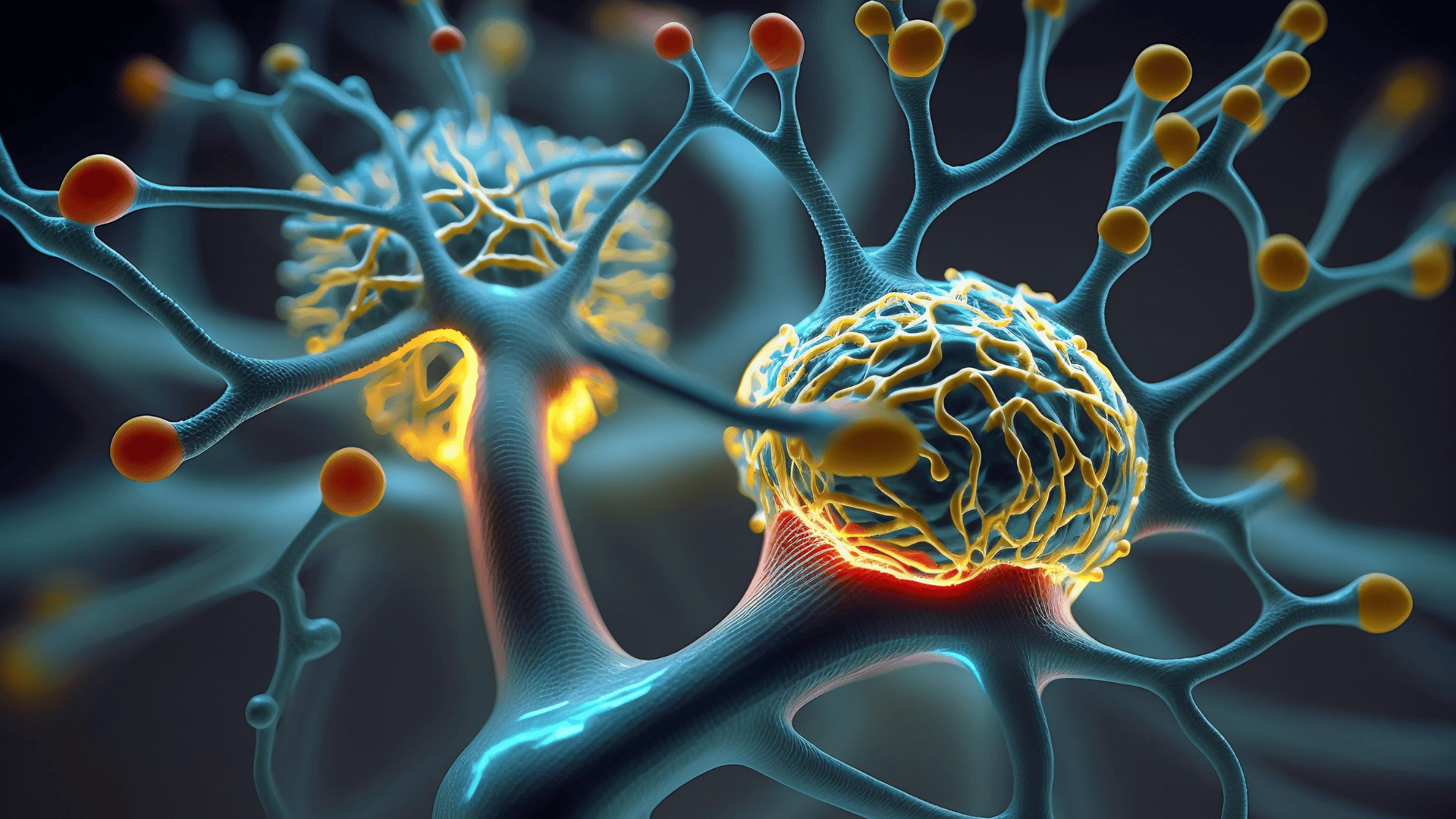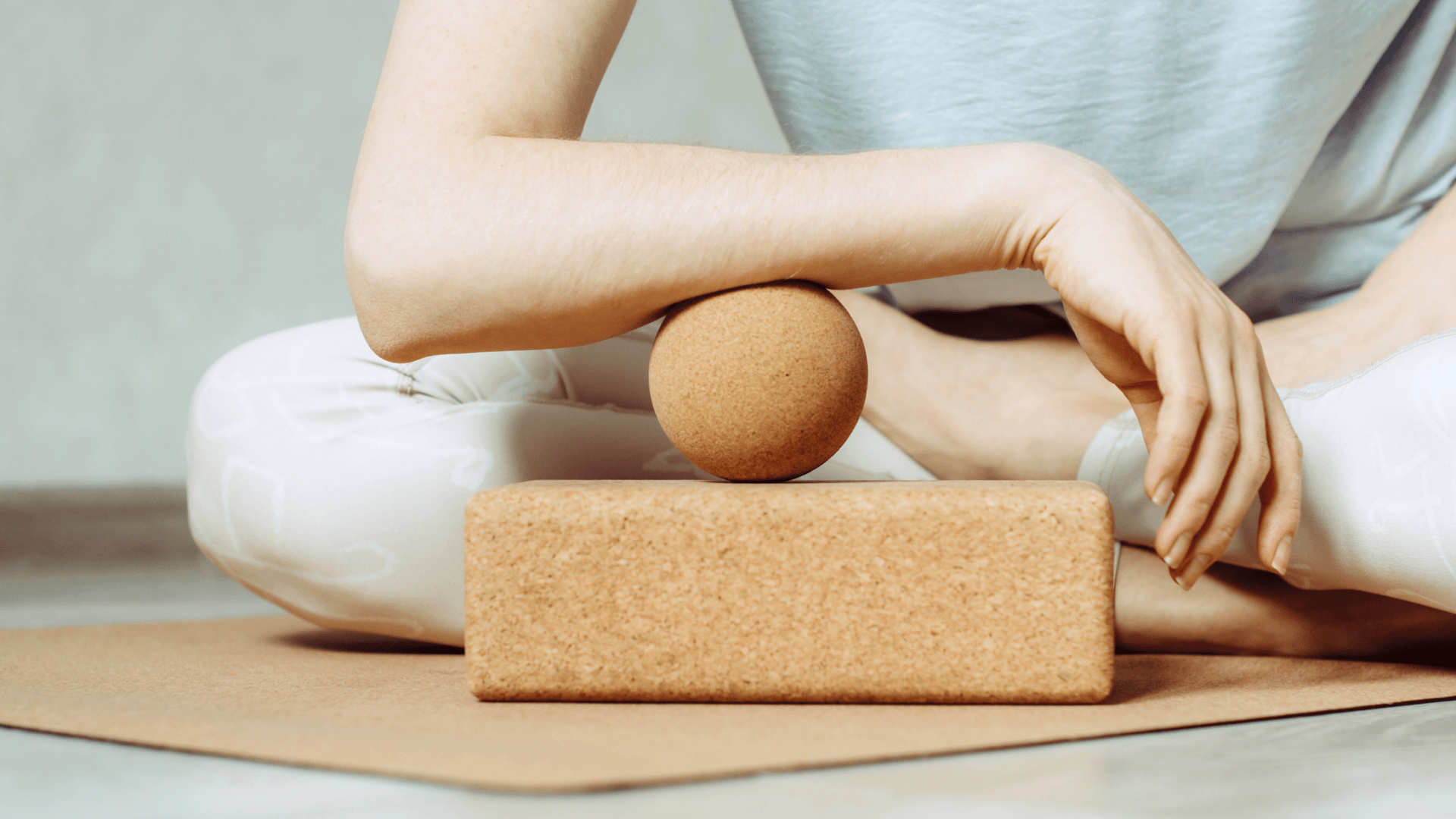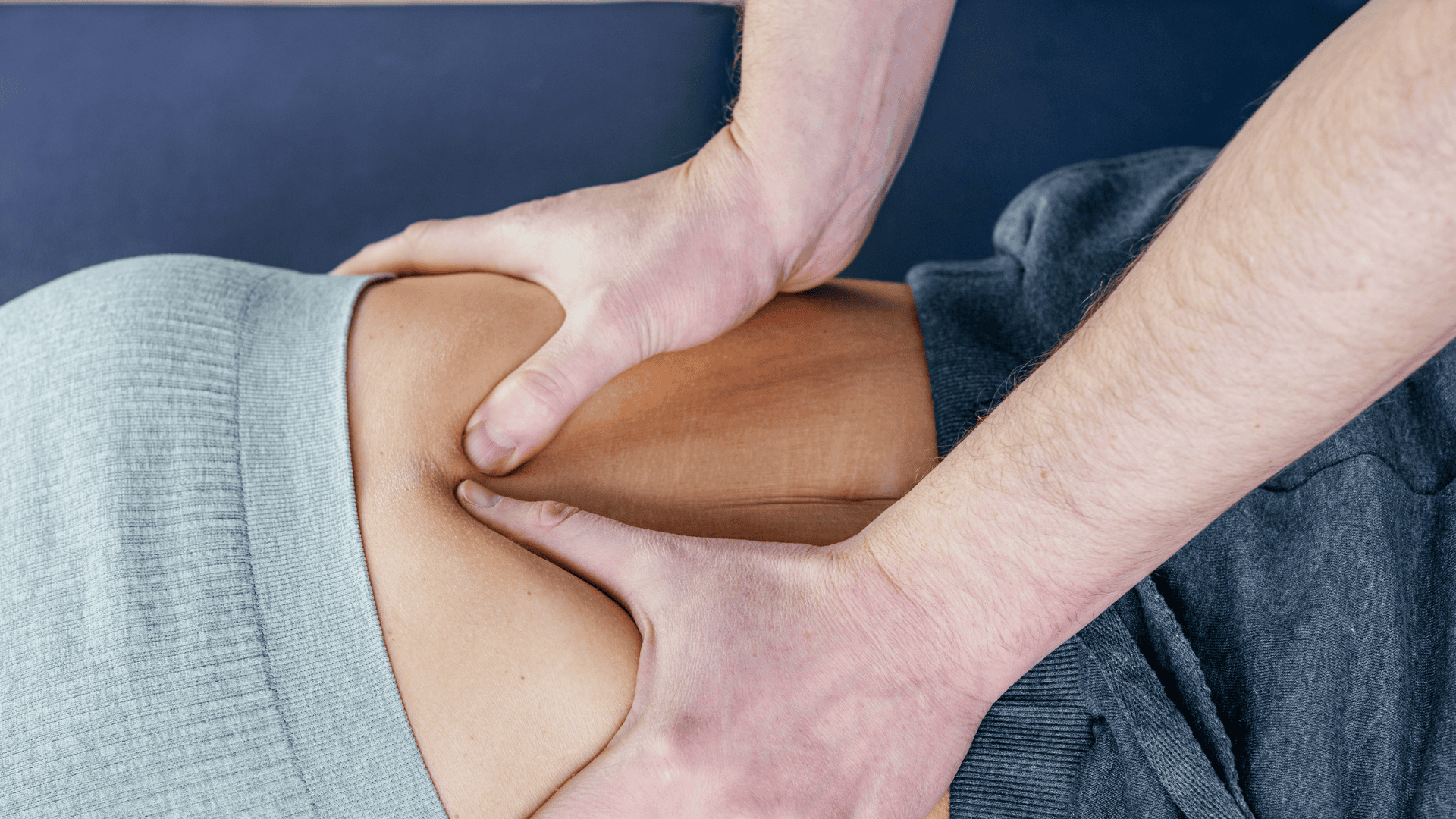Blog
Move Better, Live Stronger
Discover expert tips, patient success stories, and the latest in chiropractic, muscle therapy, and functional medicine—helping you unlock pain-free movement and lasting health.
Thank you! Your submission has been received!
Oops! Something went wrong while submitting the form.

Headaches and migraines can be exhausting, affecting everything from productivity to sleep. Often, the true causes—such as spinal misalignment, jaw tension, or nerve irritation—go overlooked. By addressing the cervical spine, muscle patterns, TMJ dysfunction, and nervous system balance, chiropractic care helps relieve pressure and restore function. The result is not just symptom relief but long-term resilience, better posture, and improved energy.

Pain, stiffness, and chronic tension often have roots in the nervous system—not just the muscles or joints. Neurological assessments identify how the brain communicates with the body, uncovering imbalances that fuel weakness, poor movement, and recurring pain. By mapping muscle activity, testing cranial nerves, and evaluating proprioception, providers can reset these pathways for lasting results. This integrative approach empowers patients to move with more confidence, balance, and resilience.

Neurological conditions often involve more than the brain—they reflect disruptions across the entire nervous system. Misalignments in the spine, muscle tension, and faulty feedback loops can distort how the brain and body communicate, leading to pain, imbalance, and fatigue. Chiropractic care restores alignment, eases pressure, and supports neurological pathways for improved clarity, coordination, and recovery. By integrating gentle adjustments, fascia release, and functional movement training, this approach helps the nervous system work at its best.

Poor sleep often has deeper roots than habits or screens—it can stem from cranial tension and nervous system imbalance. Gentle cranial adjustments restore subtle motion in the skull, relieve pressure on cranial nerves, and improve vagus nerve function. This helps the body shift from fight-or-flight into rest-and-digest, allowing deeper, more restorative sleep. Patients frequently notice calmer breathing, reduced jaw tension, and easier relaxation at night.

Wellness plans often focus on diet, sleep, exercise, and stress management—but neglect the connective tissue system that underpins all movement. Fascia dysfunction from poor posture, repetitive strain, or stress can limit mobility, cause pain, and undermine other healthy habits. Myofascial release restores fascia glide, improves circulation, and calms the nervous system to support fitness, recovery, and stress relief. Integrating targeted fascia work ensures your body can fully benefit from nutrition, movement, and recovery protocols.

Active Release Technique (ART) is a hands-on therapy designed to identify and break up adhesions in muscles, fascia, tendons, ligaments, and nerves that restrict movement and cause pain. By combining precise manual pressure with patient‑guided movement, ART restores normal tissue glide, improves blood flow, and resets neuromuscular patterns. It’s used worldwide for overuse injuries, scar tissue, nerve entrapment, and chronic tension. Unlike passive treatments, ART offers targeted, immediate improvements in range of motion and function.
We Treat the
Toughest Cases
We'd love to talk with you about yours. Ask us anything and we will get back to you with a detailed answer about your case.
